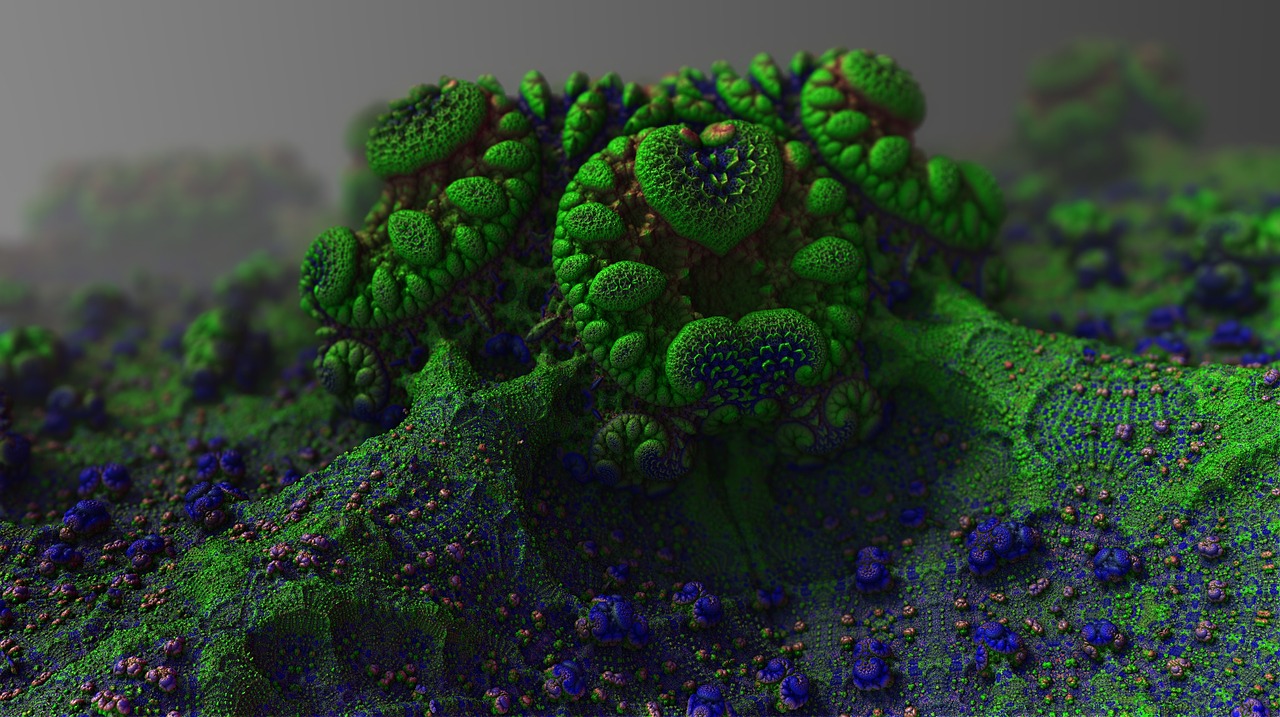Instead of having to transport large amounts of perishable food for military consumption and humanitarian relief, DARPA is looking to create a transportable, microbial food production system using electricity, air, and water.
On December 15, the Defense Advanced Research Projects Agency (DARPA) will be holding a proposers day for its Cornucopia program, which aims to design and test systems that are “capable of producing highly nutritious, palatable microbial-origin food.”
The goals are to:
- Enhance force readiness and operational resilience
- Prolong mission endurance
- Defend against supply chain disruptions
- Support disaster relief
- Mitigate cascading vulnerabilities in the homeland in the face of an attack or disaster
According to the Cornucopia program announcement:
“A transportable Cornucopia system would convert electricity, air, and water into simple molecules that can be used as sources of energy to turn the carbon, nitrogen, hydrogen, and oxygen from air and water into more microbes that produce food molecules – including proteins, fats, carbohydrates, and dietary fiber – in the form of safe, palatable foodstuffs with various flavors and textures.”
“Cornucopia seeks to produce from air, water and electricity – with minimal supplementation – a range of microbial-origin, nutritious foodstuffs that taste good and offer complete nutrition for military applications” — Molly Jahn, Cornucopia Program Manager, DARPA
The idea is to save on cargo space and to cut back on the “lengthy, costly, and complex logistics” that come with transporting food.
However, this transportable system will still have to depend on there being a water supply, along with electricity. For most operations on earth, access to air shouldn’t be a problem.
But what if there were a way to cut back on having to transport water?
DARPA has at least a two-year head start on that already through its Atmospheric Water Extraction (AWE) program.
Like Cornucopia, the 2019 AWE program looks to create sustenance on-the-spot and on-demand, but instead of growing food, it looks to extract water out of thin air for human consumption.
So, if air is abundant, and drinking water can be extracted from air, then the next hurdle would be to ensure a reliable source of electricity to get a transportable Cornucopia system operational.
As the Cornucopia program announcement states, this advancement “could significantly reduce the logistical burden of food transportation and enable sustenance for an indefinite period of time provided there is sufficient water and energy.”

Molly Jahn
“The vision is to enable food production during military missions that meets unit needs and preferences as well as those of local populations when conducting HADR [humanitarian assistance and disaster relief] operations” — Molly Jahn, Cornucopia Program Manager, DARPA
The United States Government has an entire agency dedicated to “developing entirely new ways to generate, store, and use energy” called ARPA-E, and DARPA itself has been researching innovative ways of capturing, storing, and transferring energy through various programs over the years: the 2015 MATRIX program being just one example.
According to Cornucopia program manager Molly Jahn, “The vision is to enable food production during military missions that meets unit needs and preferences as well as those of local populations when conducting HADR [humanitarian assistance and disaster relief] operations.”
Jahn added that “Recent advances in microbiology, genetic sequencing, bioactive hybrid materials, and electrochemical syntheses of three-carbon or more compounds have brought us to a place where we can attempt this bold leap.”
Additionally, the program manager pointed out that, “Breakthroughs in electrochemistry and materials have the promise to eliminate the very high pressure and intensive reactions to capture carbon dioxide or synthesize ammonia, doing both at room temperature and pressure.”
“A transportable Cornucopia system would convert electricity, air, and water into simple molecules that can be used as sources of energy to turn the carbon, nitrogen, hydrogen, and oxygen from air and water into more microbes that produce food molecules – including proteins, fats, carbohydrates, and dietary fiber – in the form of safe, palatable foodstuffs with various flavors and textures” — DARPA
At its core, “Cornucopia seeks to produce from air, water and electricity – with minimal supplementation – a range of microbial-origin, nutritious foodstuffs that taste good and offer complete nutrition for military applications ranging from troops in austere locations to civilians and troops during humanitarian assistance and disaster relief operations,” said Jahn.
When talking about microbes, DARPA is referring to bacteria, archaea, fungi, protozoa, or microalgae.
Any approach that cultivates animal or higher plant-derived cells or organisms” will be “out of scope” for the Cornucopia program.
Extracting drinking water out of thin air is DARPA’s latest research program
Pentagon is researching gene editing, Internet of Bodies & AI to enhance human performance: RAND
DARPA launches AI chemistry program to develop new molecules for military use
DARPA wants AI to improve portable ultrasound devices for direct use on the battlefield
DARPA takes another step towards spinal cord injury restoration
Envisioning the bioengineered soldier of the future through DARPA research programs












